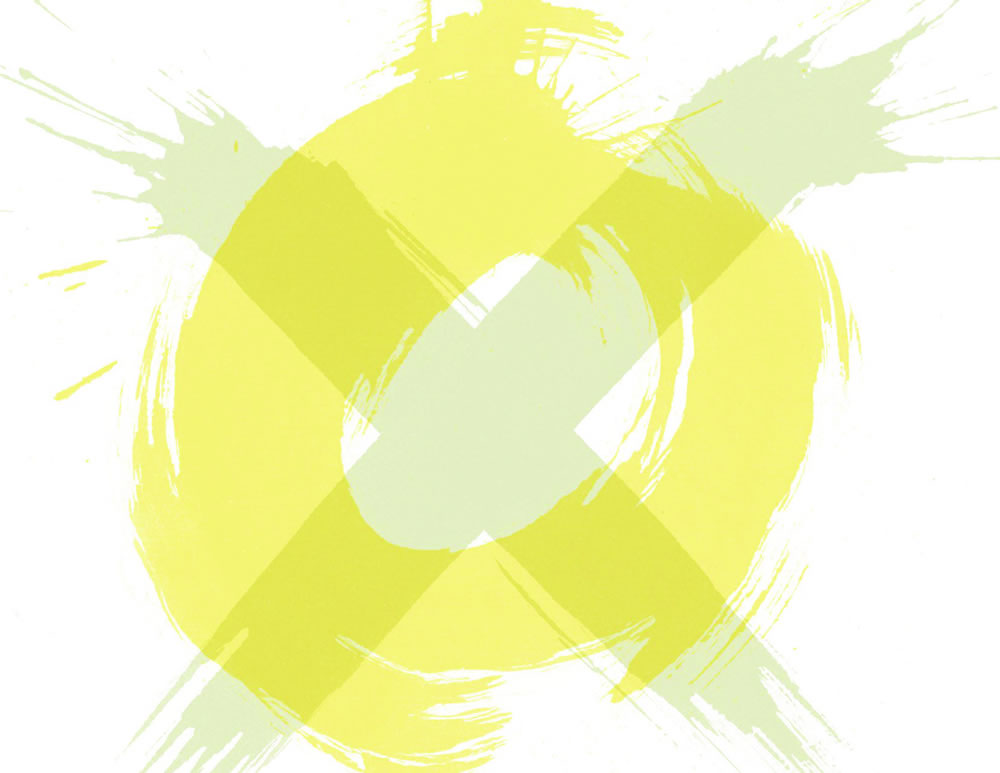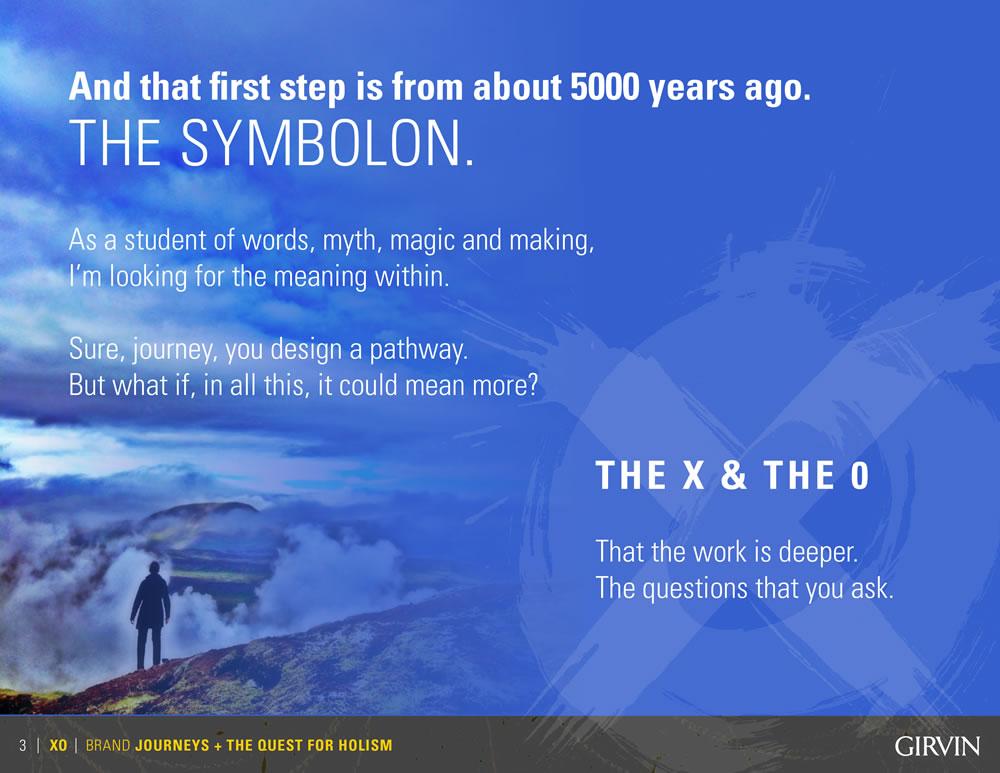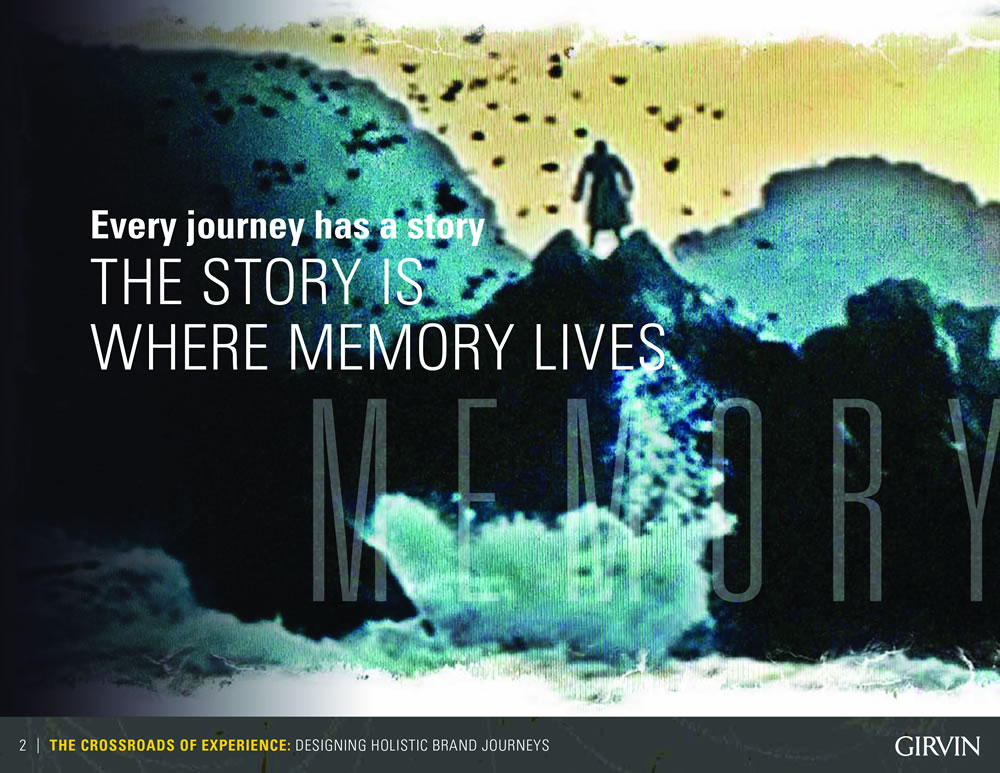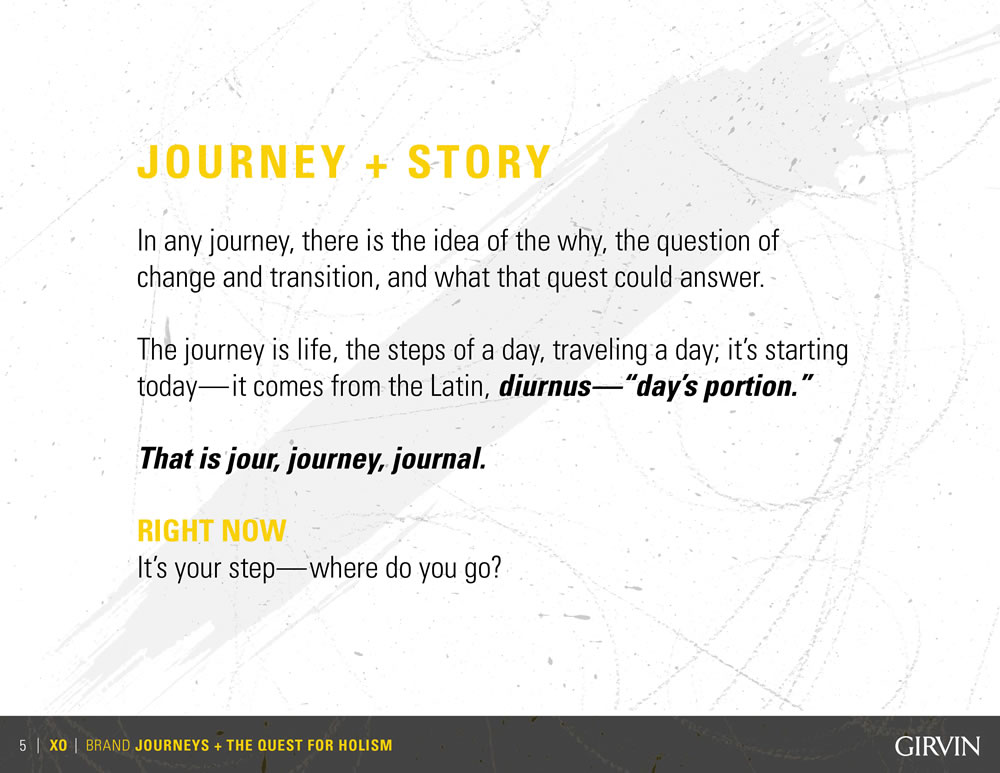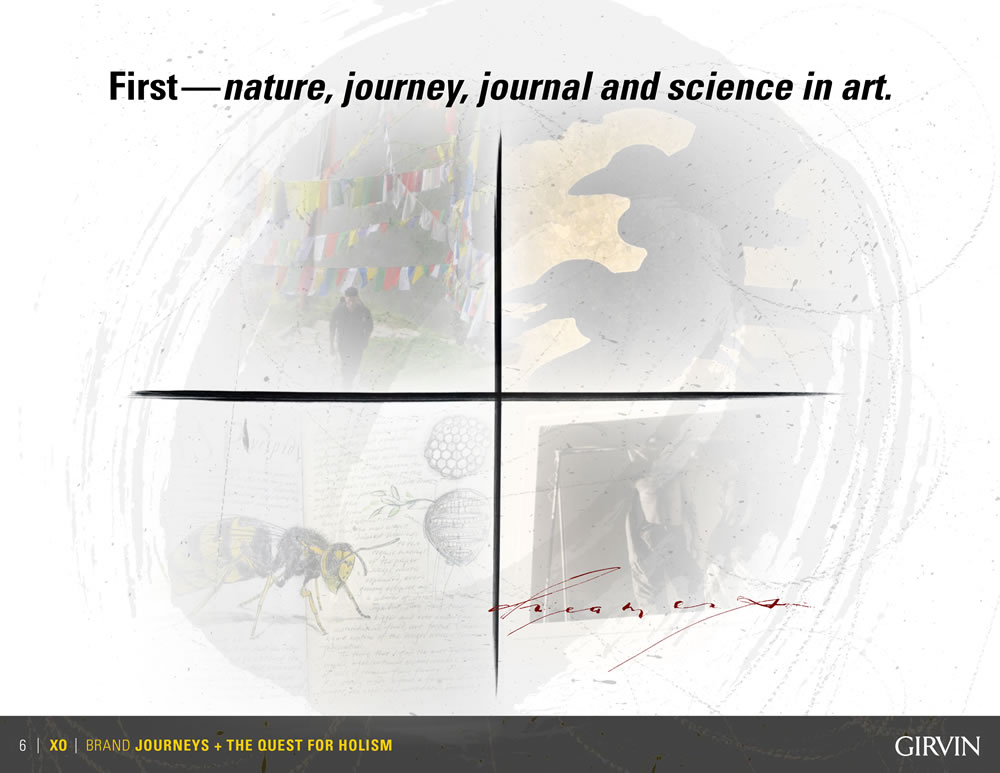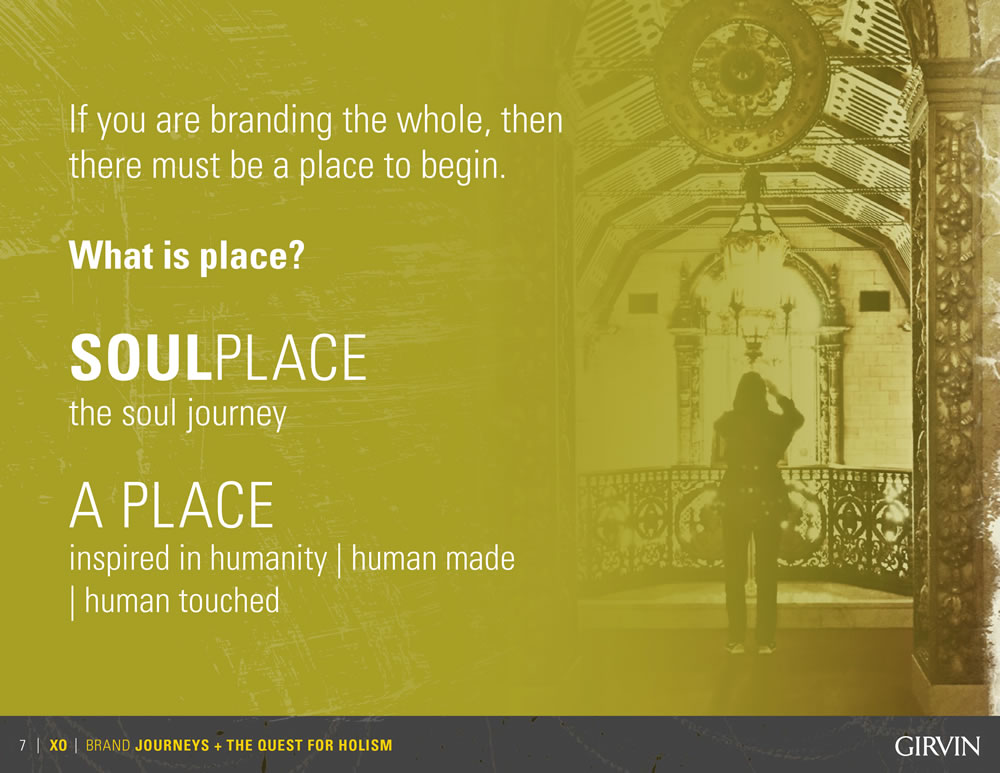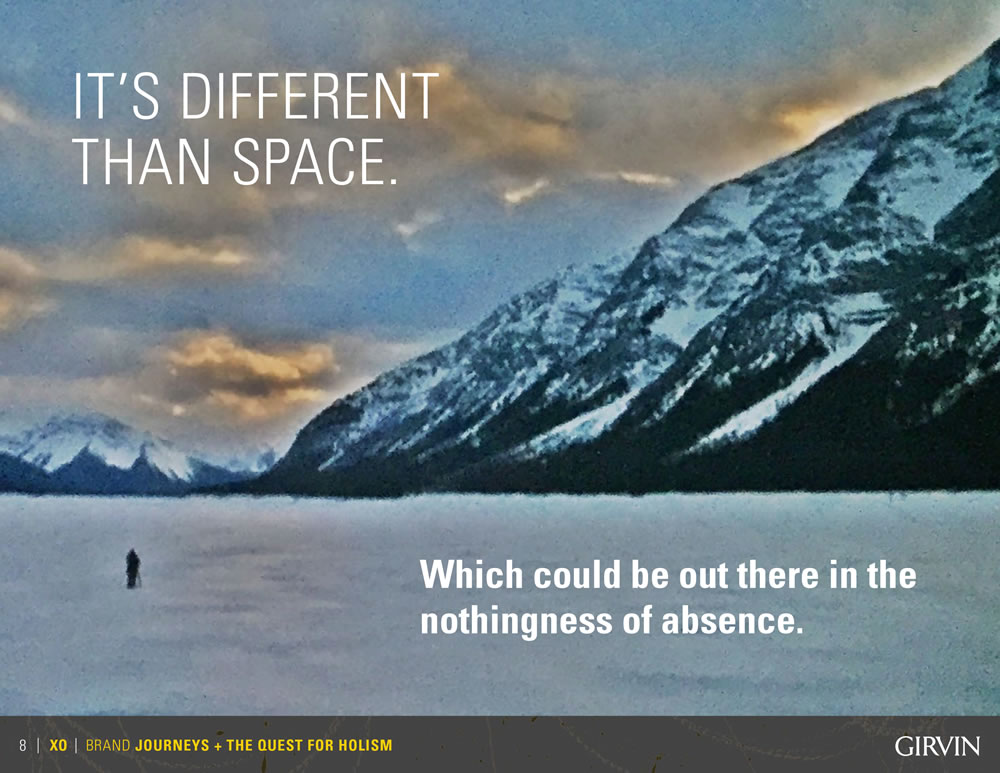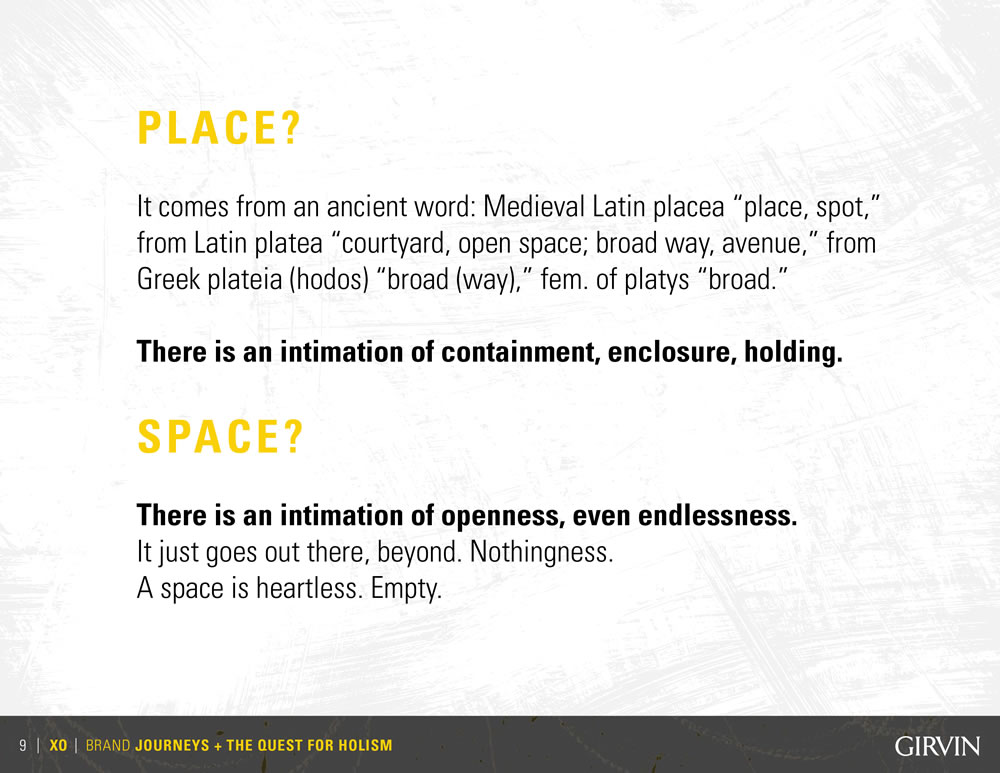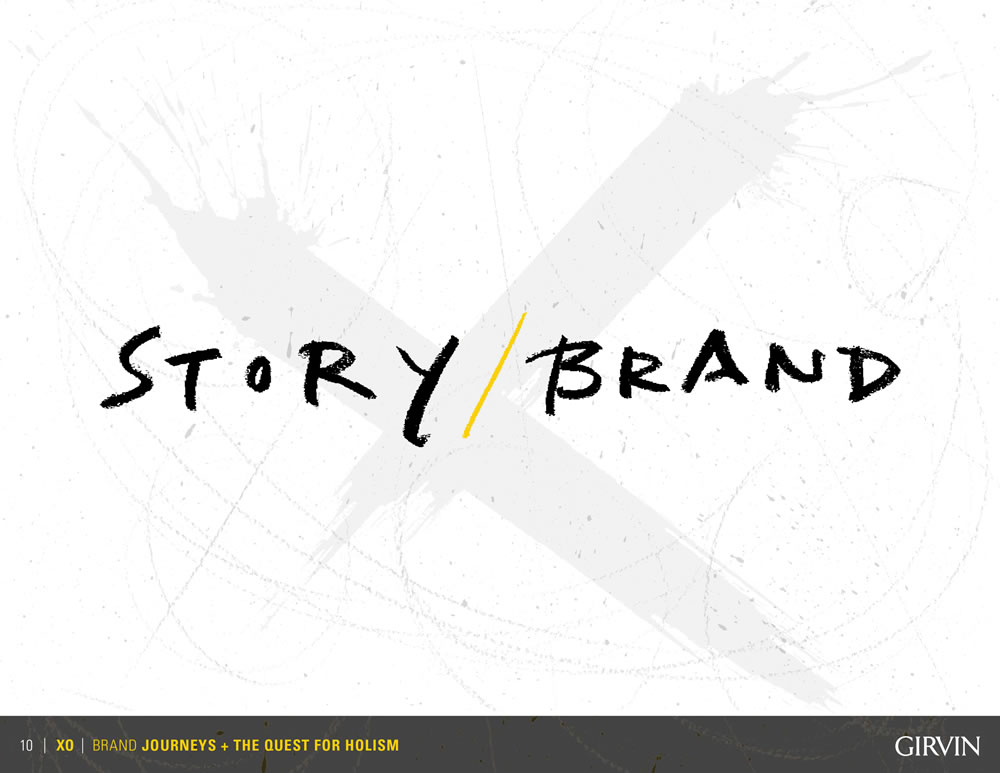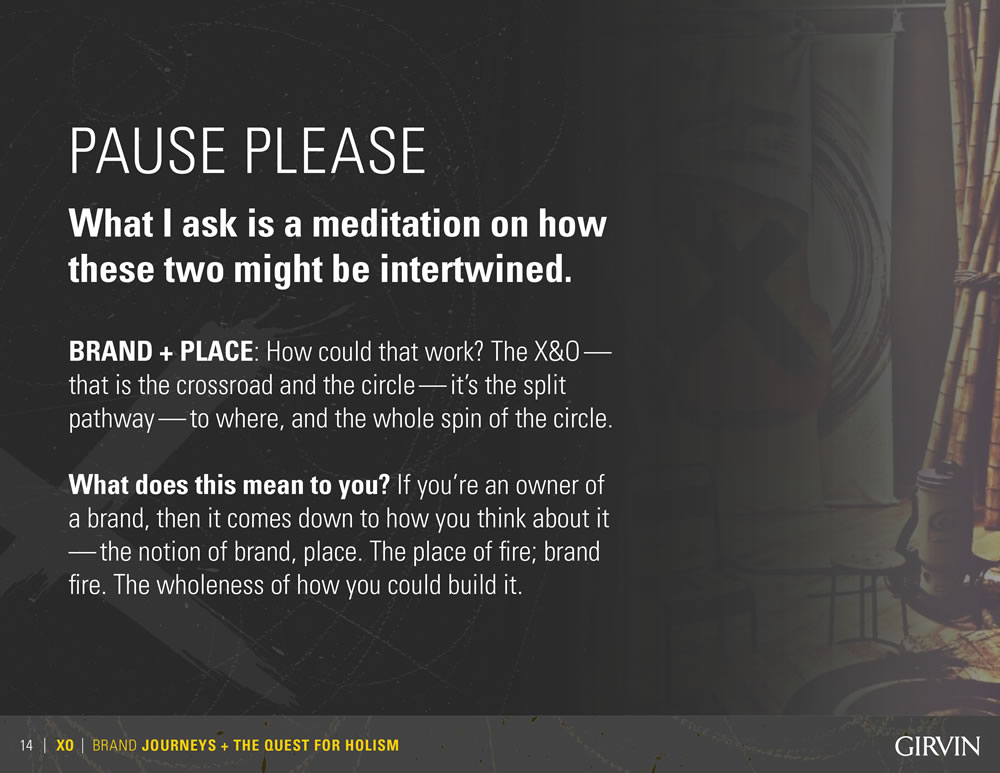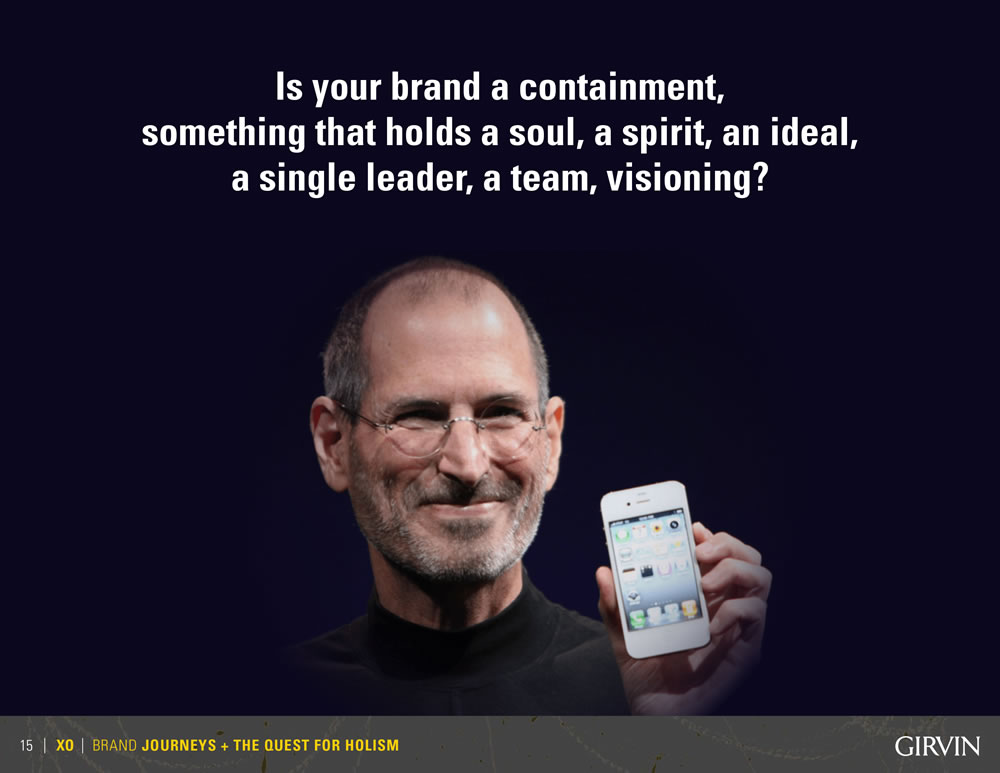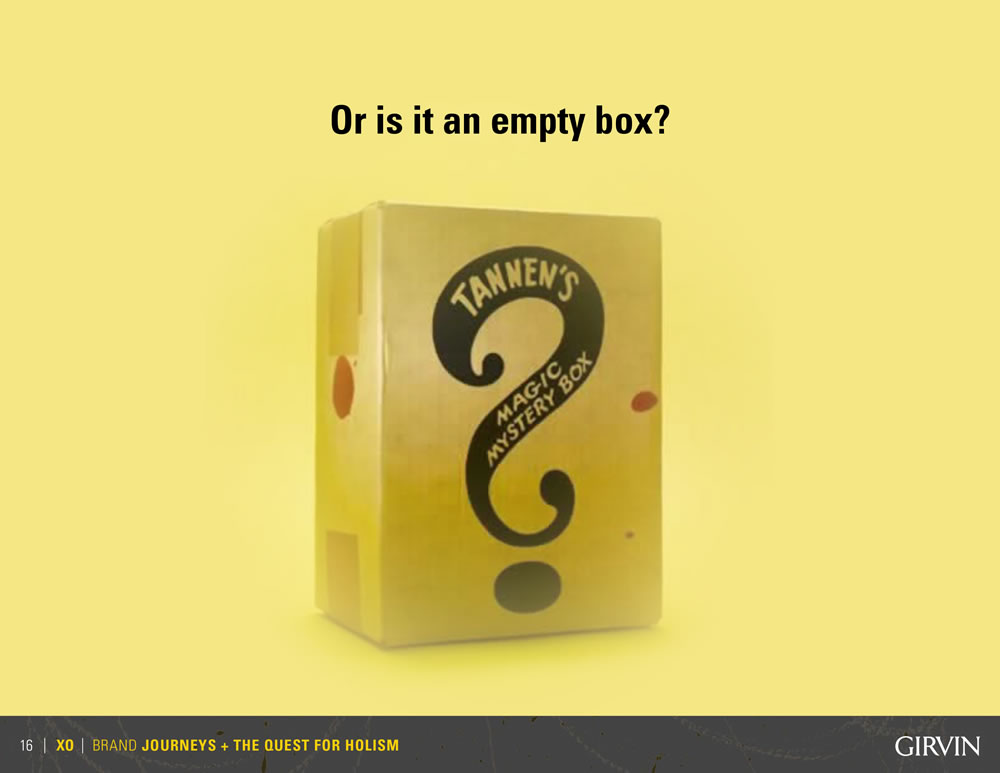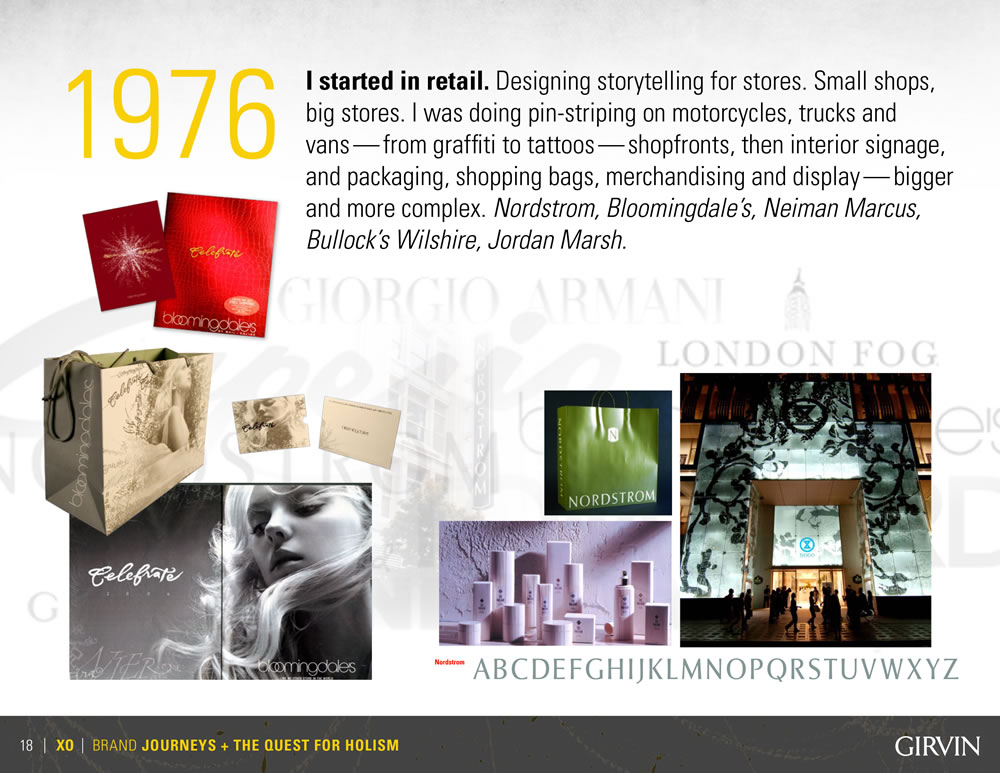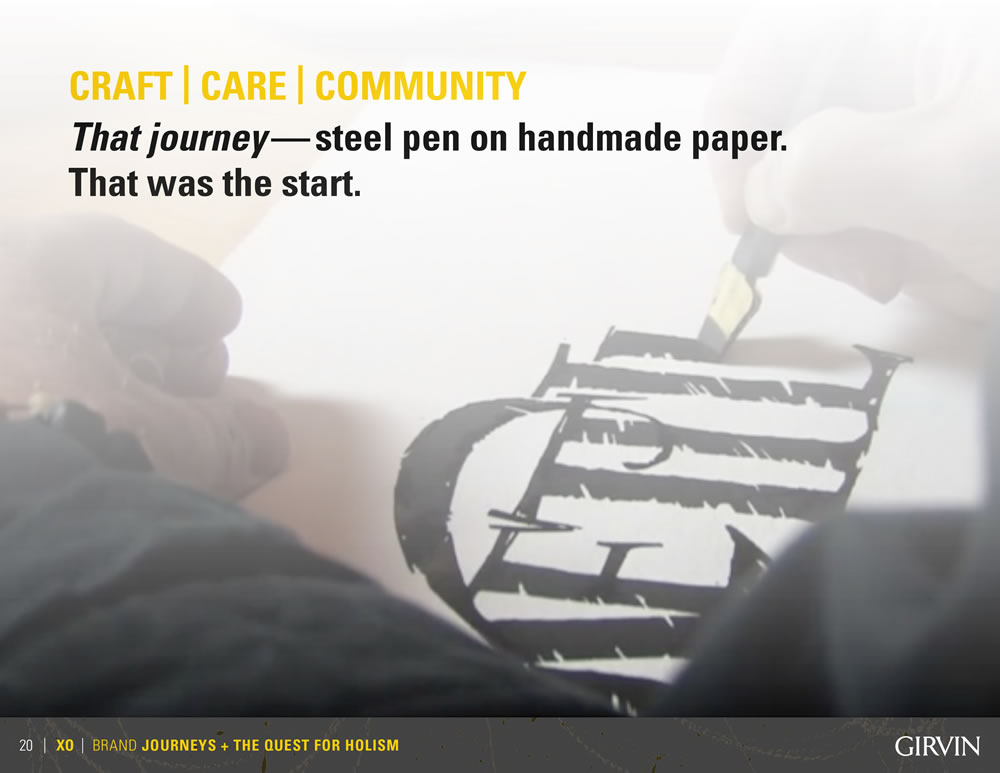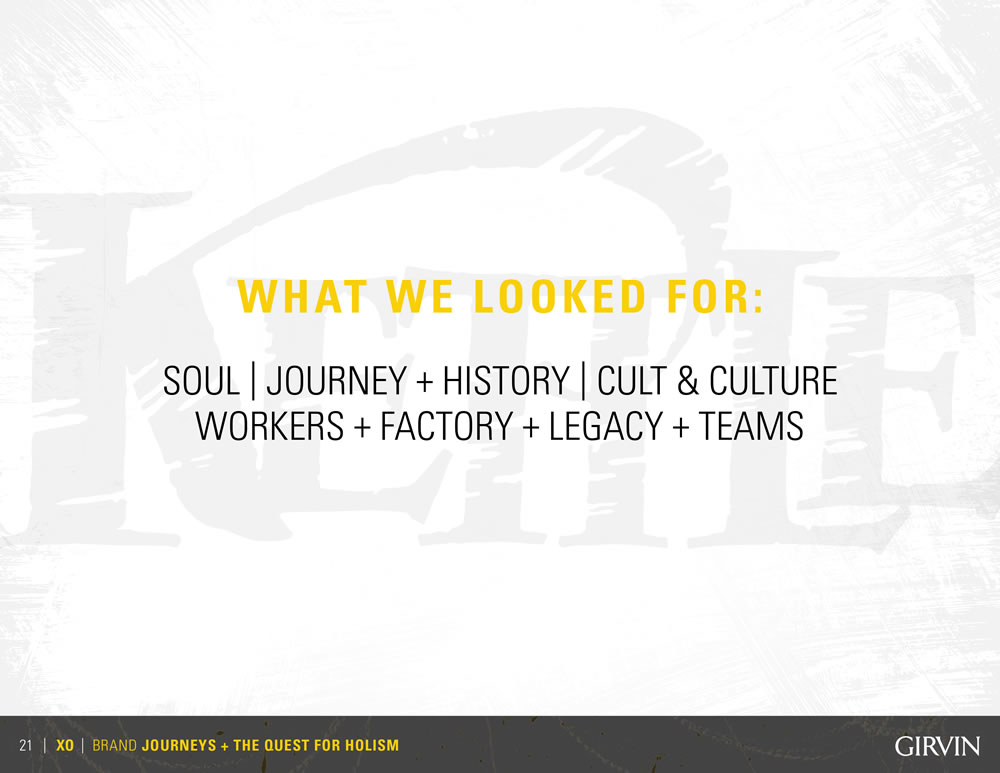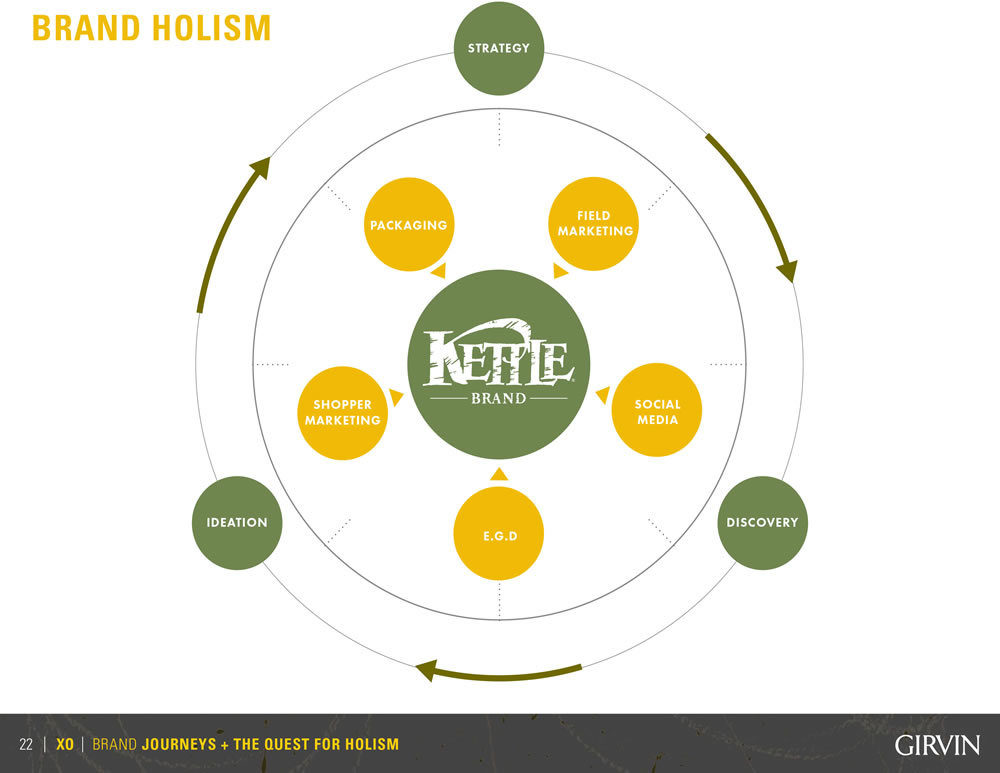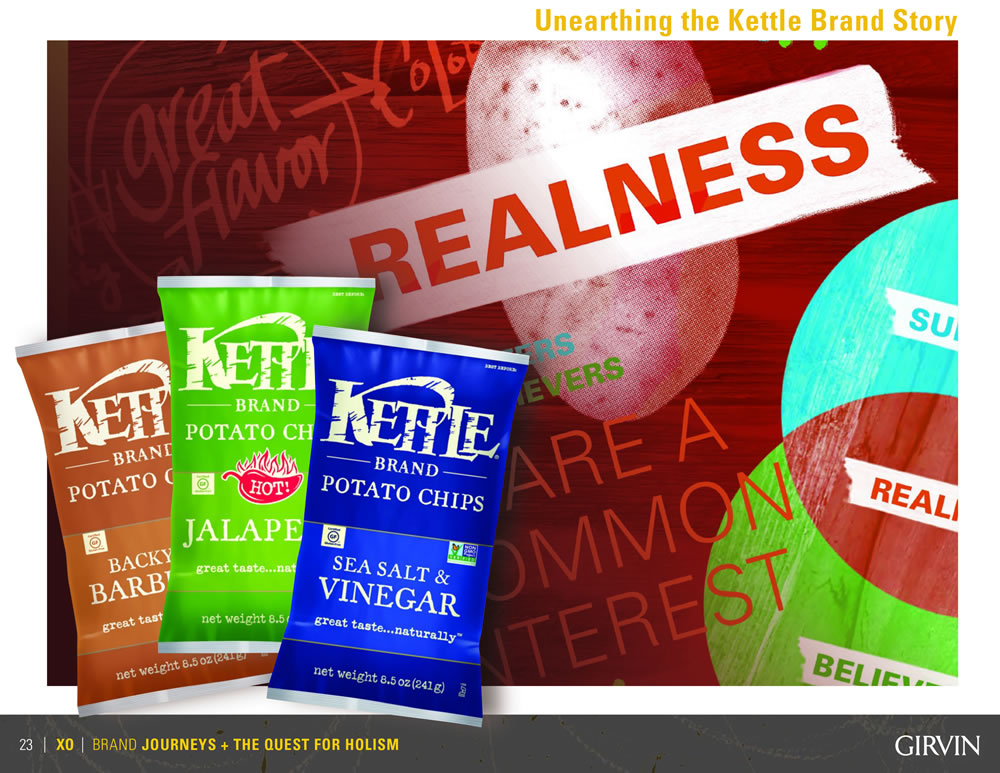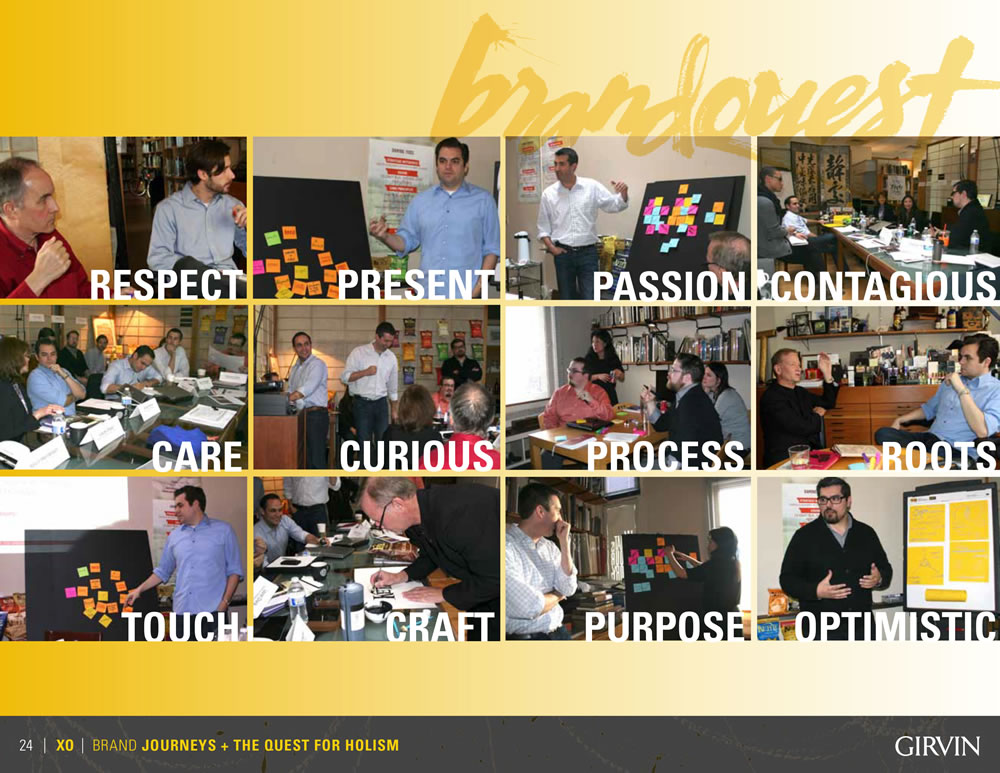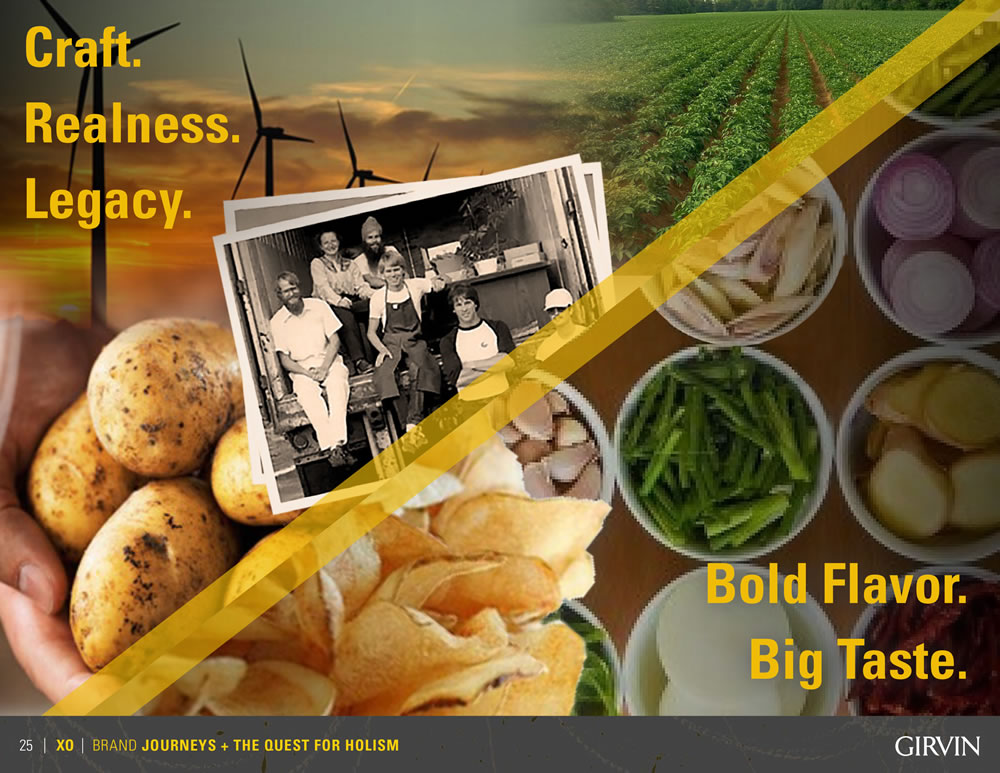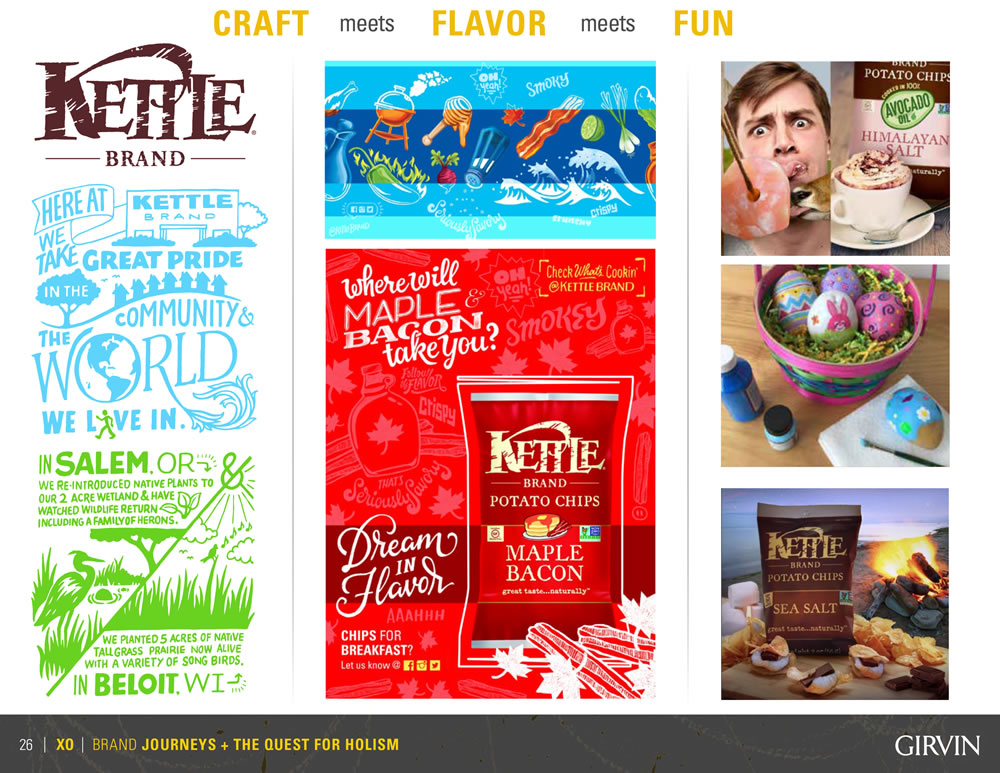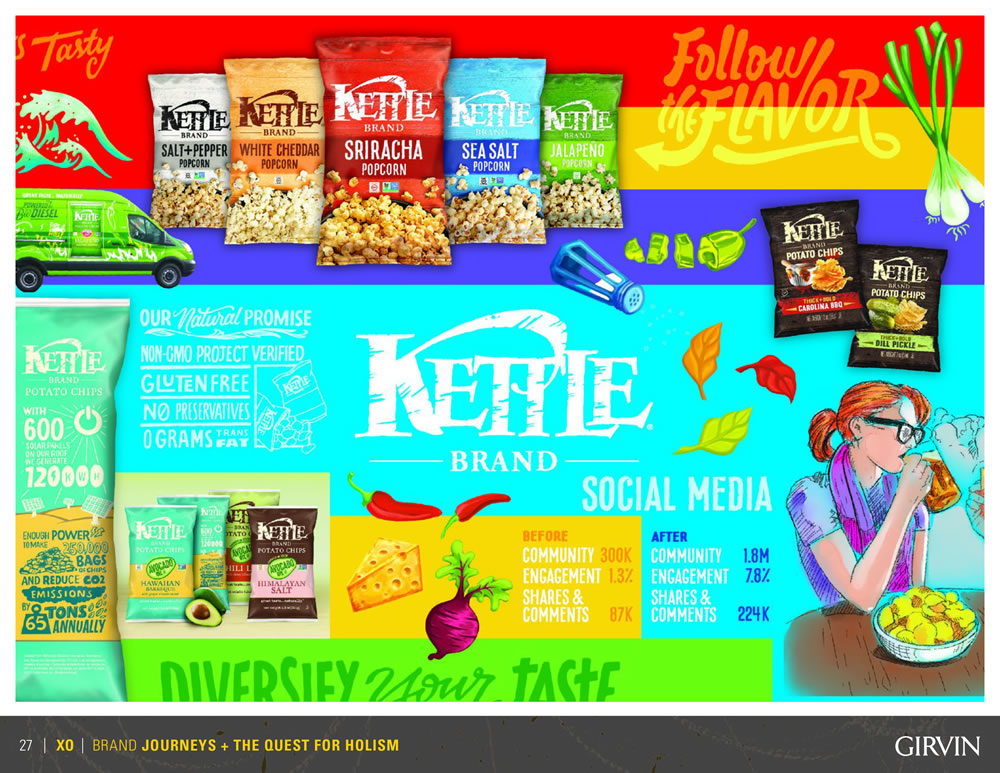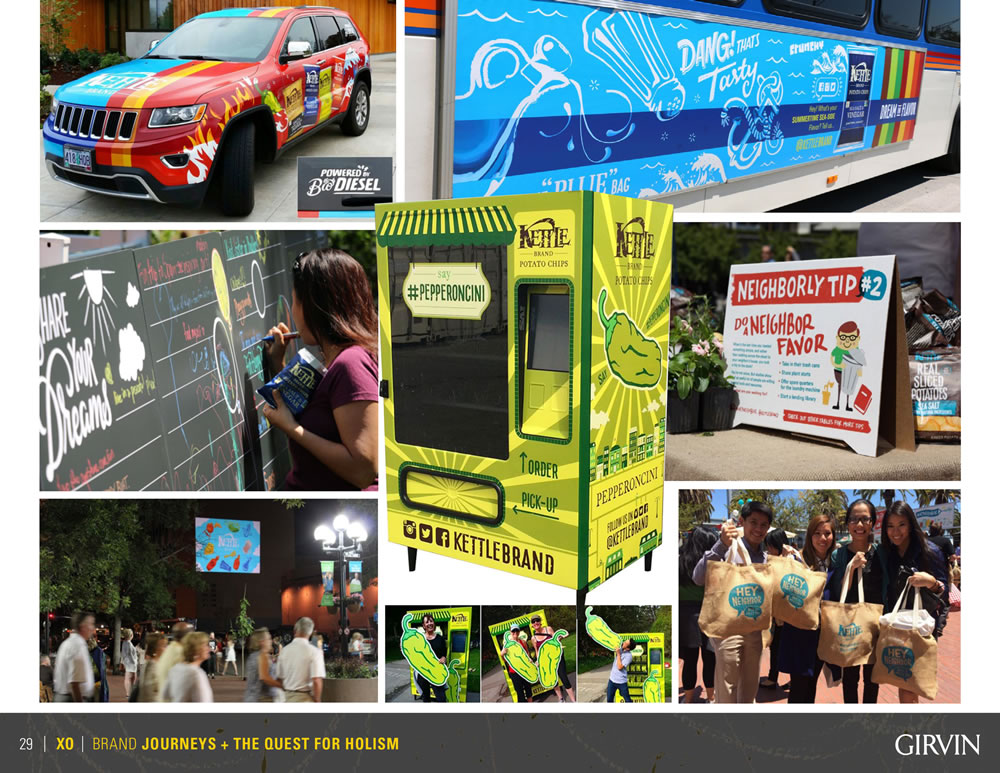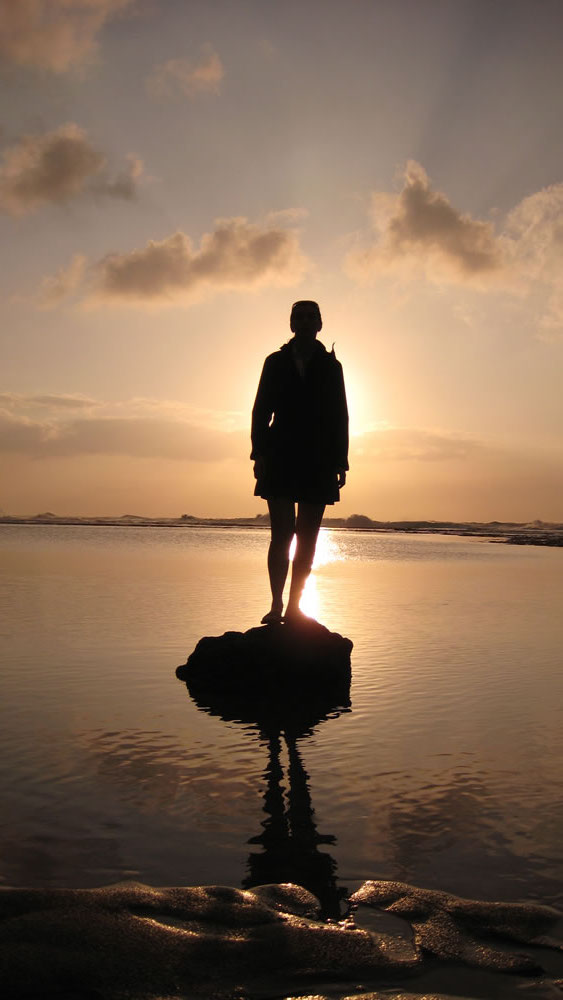
WANDERING, YOU GET OUT THERE — IN A STRAIGHT OR MEANDERING LINE — THERE ARE PLACES TO DISCOVER, MEMORIES TO BE MADE, FRIENDS TO FIND.
AND YOU’RE FOLLOWING WHAT BEACON, MAP MADE, LINE TRACED?
YOUR PLOTTED LINE,
YOUR INSTINCT,
THE SUN,
A DREAM?
DESTINY?
Of course, as we all know, where you are is where you should be. You made your way. And where you shall be is where you were supposed to be coming from, right?
And, as all know, there are ancient storytelling propositions about destiny, which is the foundation of destination — in the weaving of time — you are destined to be there, here, where? And for how long? And why?
The Roman Parcae, the Norse Norns and the Greek Moirai — three interwoven links of archetypal myth-binding — that each speak to the thread of life, the allotment of length and snipping of its conclusion.
T H E
P A R C A E
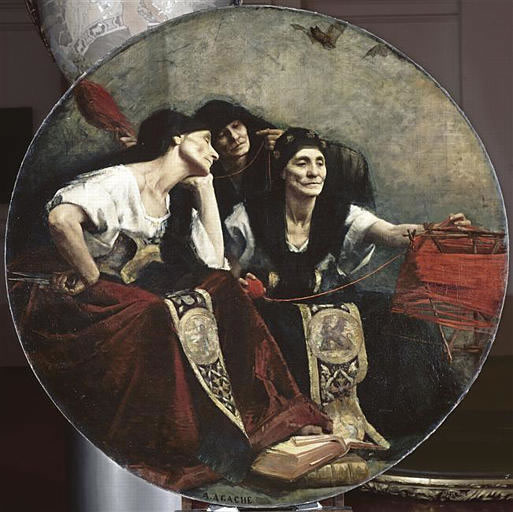
T H E
M O I R A I
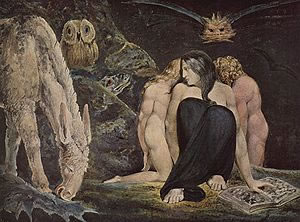
T H E
N O R N
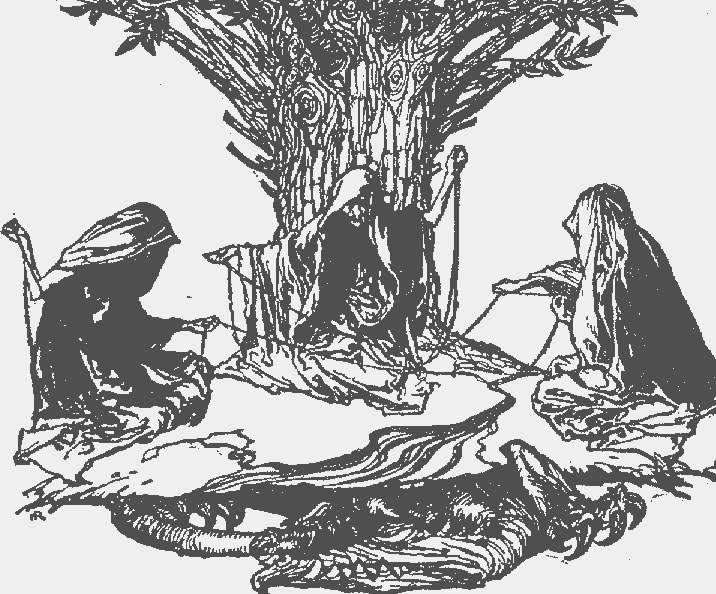
The positioning lies in the Threads of Time — the life string of your journey — the beginning, the allowance, the snip of its conclusion. But as a designer of experience, wouldn’t you be there too, allegorically? You signal the initiation, you signal the course of the pathway, and you clip the ending, as you choose. Journeyers begin their pathfinding; they come and they go. And part of that is a story, and part of that is mythic, and part of that is magical. In a manner, designing experiences plays to that premise — one, it’s about a threading — “start your journey,” and two, it’s about path-ma[r]king — what is your way, what does it look like, what: its feeling?
And when does it start, what happens — and to what end?
That is the story.
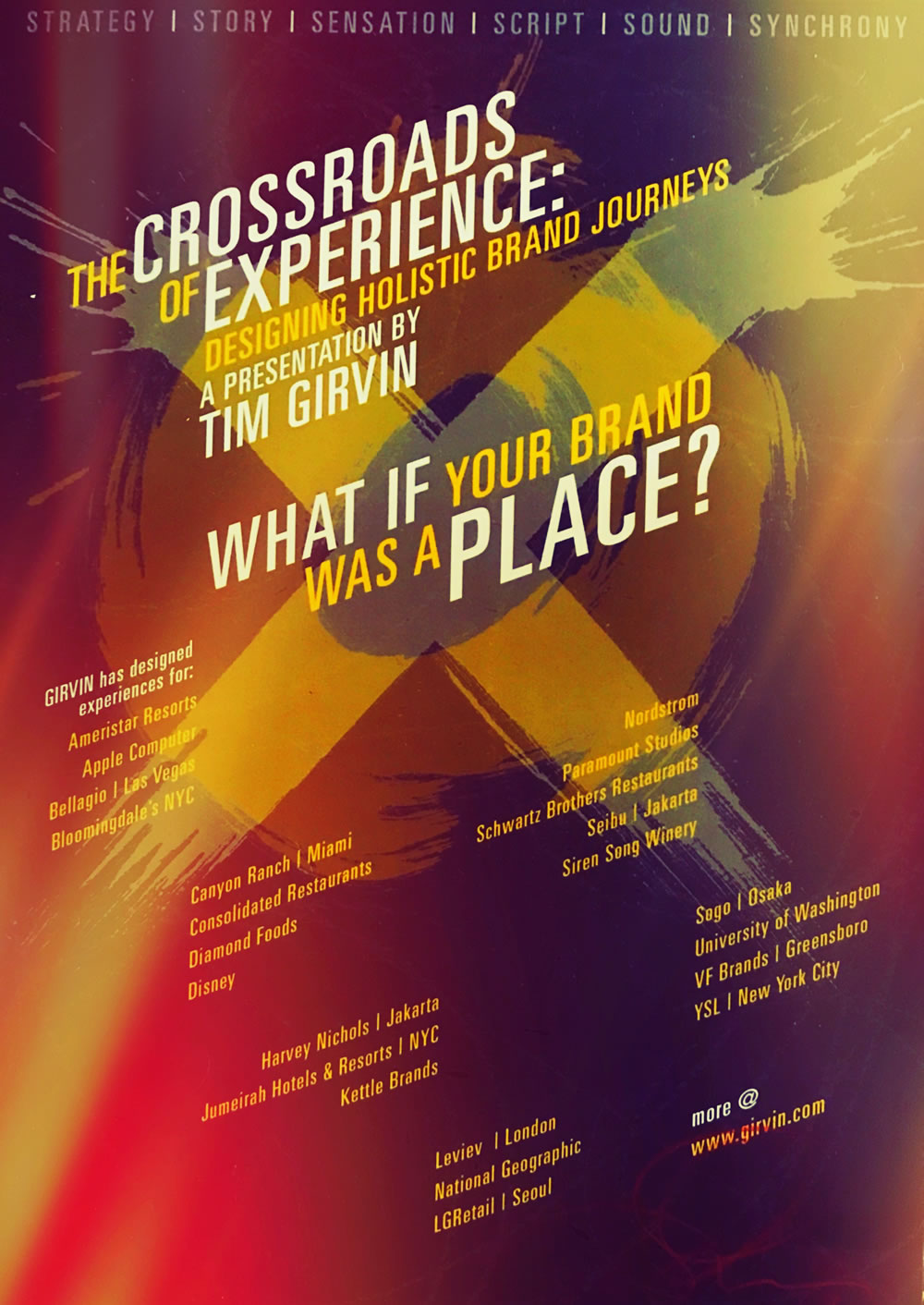
In my talk on this I created a poster [above] that was based on the two symbols that speak to the third part of that premise, and that lies in the symbology of these two marks — the O and the X.
In ancient times, these two sigils have inordinate power.
OXOXOXO
OXOXO
OXXO
XX
O
The round stroke, what one might call
the most ancient symbol, the circle —
the one is the wide dome
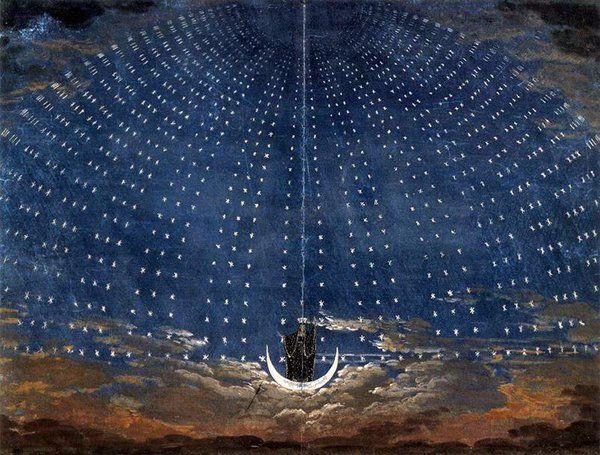
of heaven, the wheel of the sky.
While the other is the cardinal four points of earth — or the “square of earth,” ringed by the circle of heaven. What that’s really coming to is the journey and the crossroads — the wide horizon — and the path and the x of the crossroads — which is also, traditionally, a portal for all kinds of incendiary spirits. In Medieval Europe, the crossroads was the point of a dangerous nexus — In Bali, the crossroads is the most dangerous place according to tradition, the gathering place of leyaks.
So the journey of experience design has the same alignment to your life voyage — a well-designed journey, experiential strategy is all about what is remembered – people see things, they remember, and story is the wide-ranging foray on the realm of the world = O and the pathway and choice-making of the road journeyer = X.
“I walk the wide-range, the great arc of the horizon,
out to the perimeter;
I’m at the crossroads —
which way, from here?”
In the strategy of brand experience design — that would be an aligned sentiment and query — “we’re inviting you in, what would you like?” — and then — “what experience sequencing could be rendered, to what sensation of encounter?”
In a manner, what I’ve observed in 45 years of working in the realm of thinking design — design that is driving to a point, beyond artful expressiveness, there is invariably a non-thinking part of that journey which is the emotional, psychical, and mnemonic — that would be:
“What am I feeling like, as a designer — how am I doing, myself, my life, what emerges at empowerment or cluttering in my point of experience?”
“Am I confident, inside my truth, or fearful and tentative?”
You live large, or you engage small.
You travel wide, you travel short — you’ve been out there, or you’ve barely been out of your state.
That scale of experientiality affects everything — every node of perception and outcome.
What that comes down to is “what is your story, and how do you tell it?” And in that, are you capable of telling another story — another design, another sequencing? Or does your curiosity lend itself to wide exploration that builds risk and adventure into your thinking strategy of dimension and design.
When I consider it, my storytelling — my journey has strongly affected everything I work on.
That would be 1) my journeying — and the journals of the hours that came from these voyages, 2) corvids and traveling with and into them, 3) science journals and laboratory notebooks and finally — 4) artful folio building for other artists — organizing their story, their work, and boxing the artwork up as merchandisable objects — limited edition portfolios of photography, book designs, glass, metal and bejeweled objects.
And from science, naturalist studies and the journals that they evinced — this brought me forward, and out to a new paradigm: to design, finally.
The point then is —
“really, what is the value of the journey?”
There is your life, what you’ve experienced, and you — now challenged — as an experiential strategist, a thinking designer — towards creating a journey-detailed excursion into [and for] the mind of a human:
a storytelling,
a curation,
a restaurant, a story-place,
manufactory /
make-place,
a museum.
What
comes
out of
that?
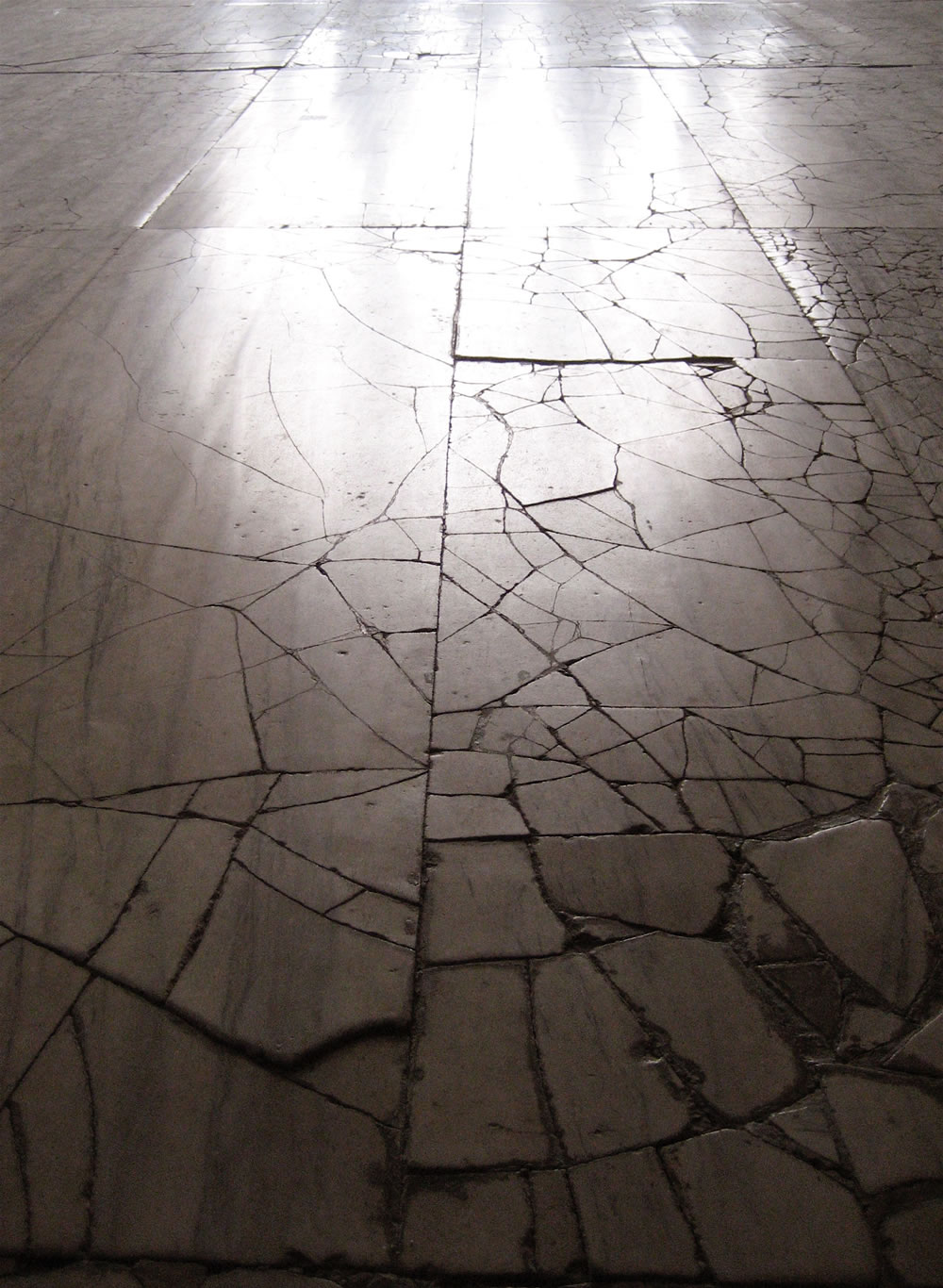
Warmer brand environments, the ones that are memorably intimate, are human-touched. Because that’s what we are. Why forget that — humanizing?
And what happens if we do?
An AI rebuild?
Is that memorable,
or forgettable?
Place, aside from the humanity of the expression, still too, speaks to naturally majestic scale, profundity, surprise and spectacle. Space, as contrary to place is vacuous and inhuman.
So you’re out there, walking, and you’re looking for an answer to a question:
— like “where could I get…this?”
It is in that context, the crossroads of story in the framing of brand — or brand framed as a story?
How would that work?
Simple?
Answer these:
— How were you made?
— Why and where were you made?
— Why would [anyone] have a relationship with you?
Why would I care?
And what of brand,
why would you make it,
and why should I care?
It would be at this point, a respite from the exploration of threading the steps of meaningful experience — but it gets deeper to you, your story, who you are, what you care about and how your design goes someplace, does something for others.
And a pause that reflects.
The story that is you.
And the story of your design — which will be
tinted by the luminescence of the you of you.
It’s inescapable.
And the story of your brand —
how do they interplay?
The interplay is the spiritual alignment between the passion of the brand, and impassioned commitment of its leadership and the detailing of the interplay between these — and you, your design strategies in doing something meaningful.
My work and my life are interlaced in just that manner. The journeys, the experiences, the backgrounds, the voyages — each had detailing that taught me what I think about in
the where that I have been.
Beingness in the state of experiential layering is about the designer’s personal journeys of curiosity and exposure.
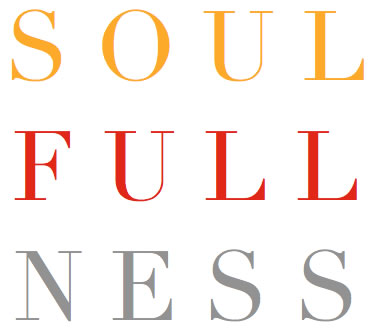
Which all comes back to
the X —
the crossroads of experience design and the magic that lies at the point of reference, the center of the crossroads and personal decision-making on the construct of path choice.
You’re here at the junction —
now where?
And why?
It’s also about leadership, who fires the containment of the brand, that sets the scale of the brand journey? We learned that in working with Mr. Jobs, the 80s, the foundations of Mac, design and the beginnings of a personal exploration of
the power of storytelling — found,
known and rediscovered.
And is that containment
a sense of surprise and unknown revealing —
a discovery, a subtler layering of
context and experience?
Sometimes the journey could be just that — what you sense in the beginning isn’t the expected sequencing of events and layered contexts that the journeyer might expect. Instead, there are surprises — as noted in other, earlier blogs straight from Mr. Abrams and TED.
As a designer, I worked both sides of the store, and the counter — from the design side, making store and storied experiences, as well as
working the revelation to guest on the other side of the encounter.
I saw how journeys worked.
That was early in my career and affected everything.
Everything I worked on, I looked
toward touching the experiencer —
what came forward,
what was revealed,
who heard,
who sensed,
what happened?
Time informs all wonderment,
since discovering is
a sequence of events,
learning,
the momentum of moments.
Talking retail, the journey goes sideways to the aisle and the storytelling of brand experiential planning — that runs from built places to built dreams. How could you build a world around a brand? Still thinking: holism.
And it starts with a story. And any story is worth its salt if it’s true.
True brands are brands that have real stories, not fleshed-out theorems and posturing — to the dream of a story. A true brand would have a story that has self, authentes, it’s a soulful reel of truth telling — the story is held because it’s real.
So what would that be?
How, then, Kettle?
It’s a twin telling — one to working on crafting a roughened and chattered script as a new interpretation of a brand story, crafting sliced potato chips cooked in a kettle —
new back then. That went to bags and I went my way. And so did he. That was 1982. Then a friend and client, Miguel Leal, called with the surprise that he’d moved to Diamond, the master of all things Kettle, and perhaps we could work together.
When I told him that I drew that type — he scarcely believed it.
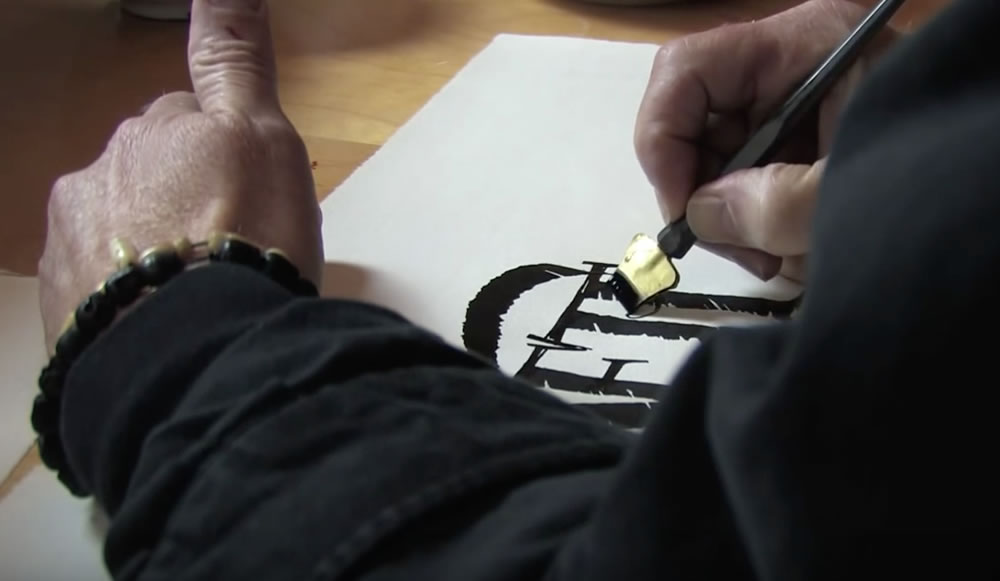
So I offered a hands-on demonstration —
to the K|team crowd of observers.
But in a manner, the work that we did, in circumference to brand and storytelling, was about building a destination — a holistic journey into the heart of the brand, its soul and story — and to spread that visioning out —
like an expanse, a place and a containment.
And it was to learn the land, go there, get out there — walk the fields, walk the factory, walk the offices — look, learn and listen.
To build a land, you have
to know the landscape.
That took into account a certain modeling —
to know the landscape, build out that realm.
Walk it, know it.
We split the audience, learning more to the telling —
any story, to be real, needs to be
known as a team —
workshopping soul, kindling brand fire.
That feeds the layering of message.
That went out to destination design — building experiential worlds.
The journey that anyone experiences lends depth to how they see things. And as designers, those journeys speak to the labyrinth of the touchpoints of time — as we, as designers and brand thinkers, make our way out there from the past to the future, perfected and scented by the perfume of time and what we have scented — we taste these moments and they affect us, how we design, think, deepen our journeys — from the past, to the now, the future.
Travel more.
See more.
Know
more.
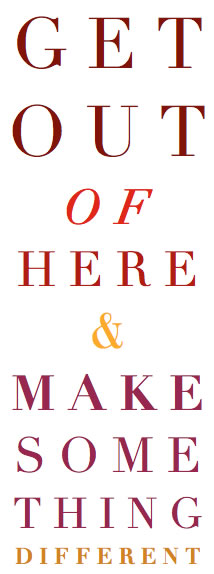
Tim | O S E A N S T U D I O S
….
WEAVING BRANDSTORIES
CROWD MIND | EXPERIENCE DESIGN | MEMORY STRATEGY
goo.gl/pNZHfE
